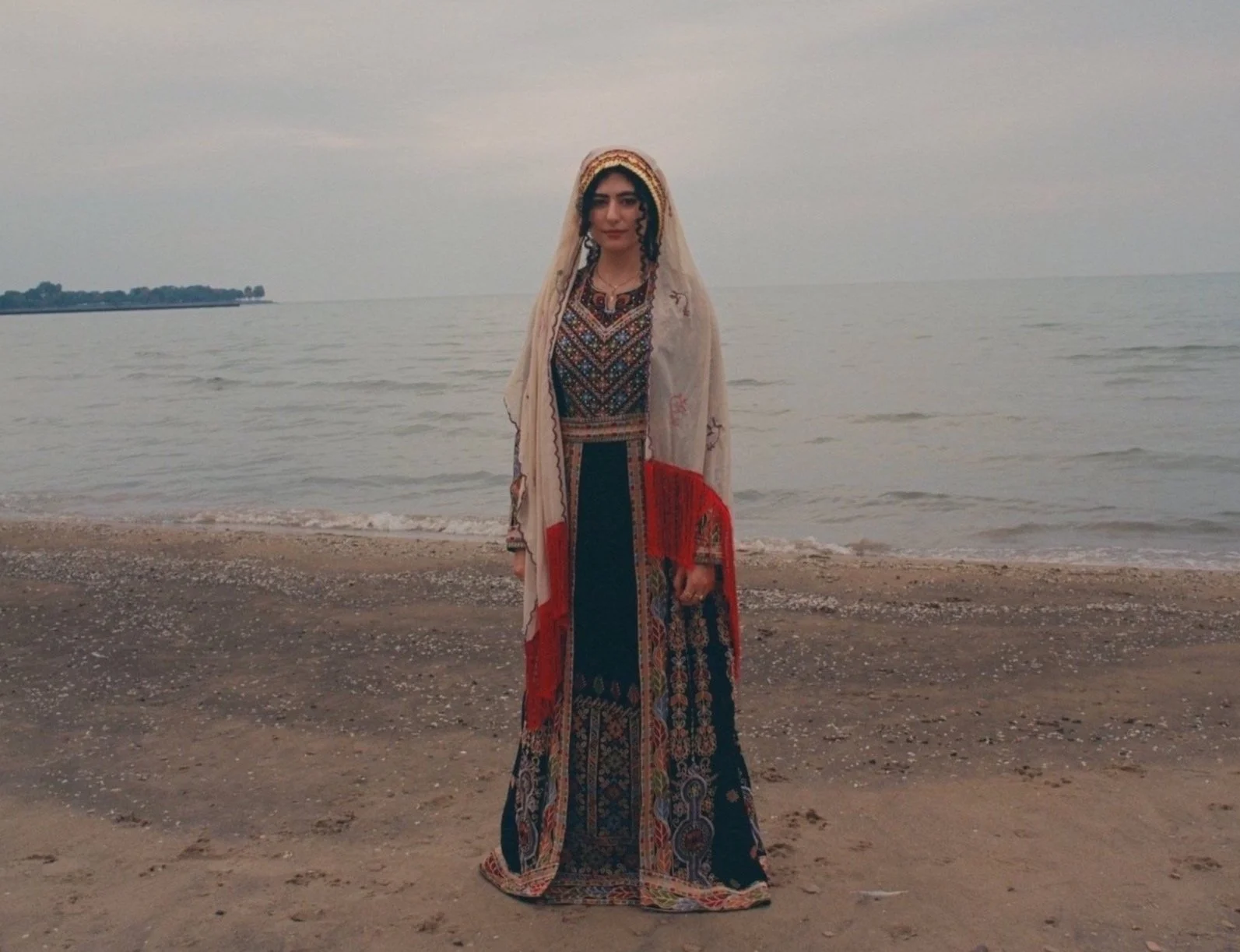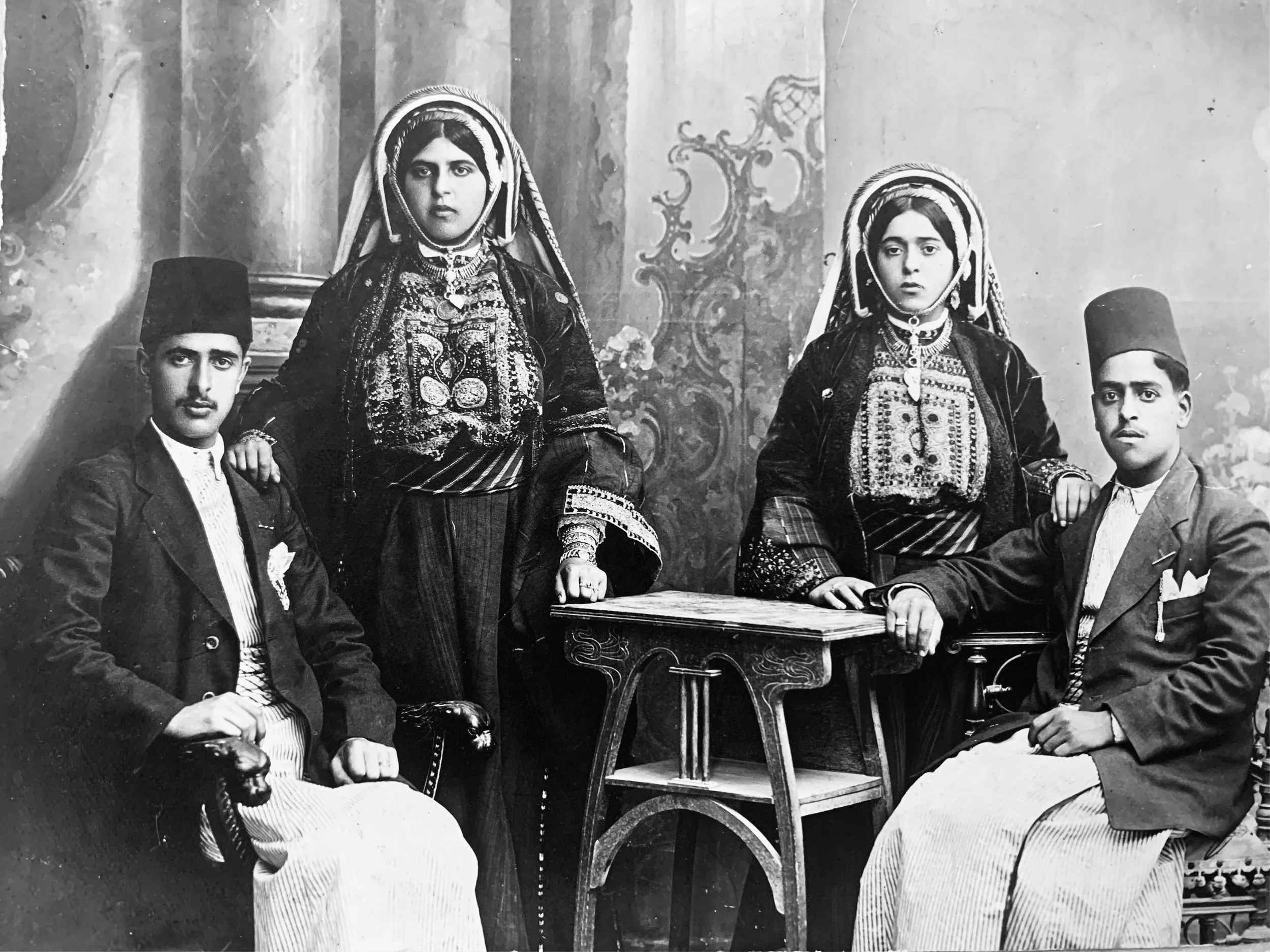Photo by: @han.oncam (www.hannvh.com)
Laila Grace Zayed is a Palestinian Christian Designer based in Chicago with roots in Ramallah Tehta, Birzeit, Jerusalem and Al-Husun, Jordan. She obtained her Bachelor degree in Industrial Design from the University of Illinois at Chicago and is currently pursuing a Master of Design in Designed Objects (MDDO) at the School of the Art Institute of Chicago. Her work reflects the experience, politics and cultural design elements of Palestine and the broader region. Laila's talents include industrial design, graphic design and photography.
In addition to her design work, Laila is an organizer for Palestinian human rights through grassroots organizing. Laila is formally president of Students for Justice in Palestine at UIC, former staff of the Arab American Cultural Center at UIC, former organizer and staff of the Arab American Action Network and a current organizer with the Palestinian Assembly for Liberation as well as Palestinian Youth Movement.
“Design and organizing are significantly more alike than I originally believed. As designers, it is our duty to be activists, storytellers and humanitarians, and play a role in the community we are designing for. We have a moral obligation to design for all human kind, not merely for revenue.”
Teta Jalila
The photograph depicts my great-great grandmother, Jalila, from around 1920, a Falahi Palestinian woman from Ramallah Tehta. I have chosen to feature her image as an icon/logo of my work and brand as a designer as a tribute to my family and heritage which deeply inspires my work.
Laila is the name of my paternal grandmother and Grace is the name of my maternal grandmother. I am proud to honor the woman of my family which have given me my name and identity.
I feel deeply connected to Teta Jalila, who lived in Palestine prior to Israel occupation. I remain hopeful that my generation will witness a liberated Palestine, and if not, we are committed to raising the next generation who will.
Palestine & Design
During the course of my undergraduate education in industrial design, the predominant focus on Western or European design was evident. Seeking a broader perspective, I expressed to a professor my interest in understanding industrial design through a multicultural lens. The response was disheartening: "Well, that’s because white people invented design." This statement was not only ignorant, but also verified my realization of the need for a more inclusive and diverse approach to design.
Contrary to the narrow views expressed by this professor, I came to understand that many aspects of the design principles we aim to implement in the U.S. and the West, such as community, environmentalism, and empathy, are already flourishing overseas, particularly in so-called "third world" countries like Palestine—my ancestral home. There, amidst the challenges posed by Israeli military occupation and colonialism, conventional design principles fall short. People living under military occupation, apartheid, and siege face unique challenges that render their lives far from normal, which conventional design practices often overlook. Consequently, design must confront occupation and play a pivotal role in promoting social justice in these spaces, in order to design under occupation and uplift the voices of the oppressed.
My current work and projects revolve around the concept of designing under occupation, utilizing Palestinian design aesthetics to tell our story and uplift our voices. As a Palestinian, I am deeply committed to countering ethnic cleansing and the appropriation of our culture by incorporating Palestinian and Arab design into Western spaces. This not only centers and represents us, but also serves as a passionate response to the shortcomings of current manufactured and soulless Western design standards. Palestinian design is vibrant and detailed. It values hand craftsmanship and tradition. It is imbued with meaning, identities, and stories, reflecting a unified relationship with the earth, community, and empathy.



